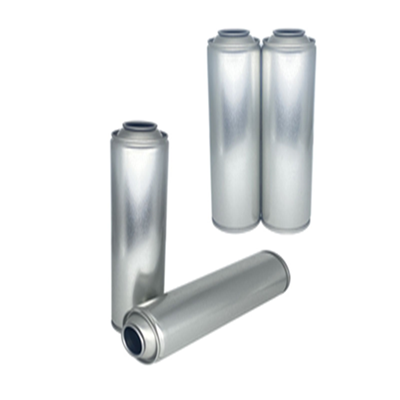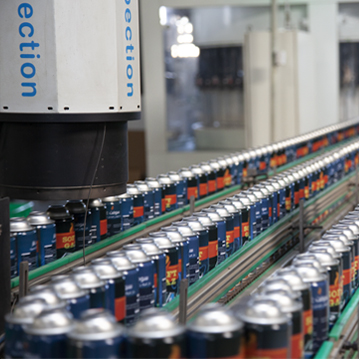We use them countless times in our daily lives—from applying deodorant and whipping cream to spraying paint and cleaning products. The
aerosol can is a masterpiece of simple yet brilliant engineering, a self-contained dispensing system that we often take for granted.
But have you ever stopped to wonder, how does it actually work? It all comes down to the clever interplay of its individual parts. Let's break down the anatomy of this common household object.
1. The Can
This is the main body, usually made of steel or aluminum. It's designed to be incredibly strong to withstand high internal pressure. The bottom of the can is almost always concave (domed inward). This isn't a manufacturing error; it's a critical safety feature. The dome is designed to invert and pop outwards if the internal pressure gets dangerously high (e.g., from exposure to heat), preventing a potentially explosive rupture.
2. The Valve
This is the heart of the entire operation. It's a spring-loaded mechanism seated at the top of the can that acts as a gatekeeper. When you press the actuator (see below), the valve opens, allowing the product and propellant to escape. The moment you release pressure, the spring snaps the valve shut again, sealing the can and preserving the contents.
3. The Actuator
This is the part you physically push with your finger. It's the trigger that depresses the valve stem to open the valve. But its job isn't just about on/off. The actuator is specially designed with a small orifice that shapes the spray, creating the mist, stream, or foam you expect from the product.
4. The Dip Tube
Imagine a tiny straw running from the valve down to the bottom of the can. That's the dip tube! Its crucial job is to siphon the liquid product from the bottom of the can up to the valve. Without it, you'd only spray gas and whatever product was at the very top.
5. The Propellant
This is the invisible engine. The propellant is a compressed gas (or mixture of gases) stored inside the can alongside the product. It creates the pressure that forces the product out. When the valve opens, the high-pressure propellant pushes the product up the dip tube, through the valve, and out of the actuator. In many cans, the propellant also acts as a solvent that expands into a gas as it exits, helping to atomize the product into a fine mist.
6. The Product Concentrate
This is the actual substance you bought the can for—the paint, the cream, the cleaner, the silicone lubricant. It's formulated to work with the specific propellant and the mechanics of the aerosol system.
How It All Works Together:
1. You press down on the actuator.
2. This pushes down on the valve stem, opening the valve.
3. The high-pressure propellant immediately forces the product concentrate up the dip tube.
4. The mixture of product and propellant rushes through the open valve.
5. It hits the actuator, which shapes and directs it into the desired spray pattern as it exits the can.
6. You release the actuator, the valve spring closes, and the entire process stops instantly.
Bonus Part: The Tamper-Evidencing Overcap
That plastic cap that comes on a new can isn't just for show. It protects the actuator from dirt and, most importantly, prevents accidental spraying during shipping and handling. It's often designed to "snap" off on the first use, proving the product hasn't been tampered with.
So next time you pick up an aerosol can, take a second to appreciate the elegant and robust engineering hidden within its simple metal form. It's a perfect example of form meeting function, all in the palm of your hand.

